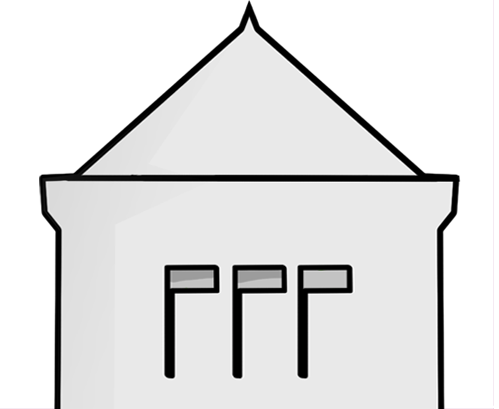Team:Leeds/Modeling
From 2013.igem.org
m |
m |
||
| Line 3: | Line 3: | ||
We plan to use modelling to help test and characterise our Bio-Devices. This includes modelling our expected fluorescence based upon Fluorescent Protein production, statistical modelling and testing for physical binding versus false positives and various other parts of the project. | We plan to use modelling to help test and characterise our Bio-Devices. This includes modelling our expected fluorescence based upon Fluorescent Protein production, statistical modelling and testing for physical binding versus false positives and various other parts of the project. | ||
<br> | <br> | ||
| - | After attending YSB 1.0, we will also | + | After attending YSB 1.0, we signed on with [[Team:Manchester|Manchester]] to help develop a modelling standard - this also interlinks with our work with [[Team:Purdue|Purdue]]. We hope that by being more tightly involved in these processes, we will better understand how to approach our project in terms of Characterisation and Modelling. |
| + | <br> | ||
| + | ==Modelling The [[Team:Leeds/Project#Cpx Pathway|Cpx Pathway]]== | ||
| + | The key to making MicroBeagle successful hinges on proper integration with the Cpx pathway. As such, it is essential we develop a god working model, not only to predict how much fluorescence we can expect in different environments, but also to prototype and test potential methods for controlling this; in turn reducing our false positive rate. | ||
| + | <br> | ||
| + | We are currently using [http://bionetgen.org/index.php/Main_Page BioNetGenLanguage] to write the model code, as this provides a rule-based coding language that is easier to use than SBML. Rule-based modelling allows mechanistic simulation of the pertinent reactants, reducing the need to know the exact kinetics of reactions, as sub-processes can be absorbed into rate constants. Additionally, adaptation of the model should be easier after a basic framework has been produced, as new processes simply require insertion of new rules into the code. Finally, BNGL offers easy integration with [http://www.ibiblio.org/virtualcell/ Virtual Cell], a graphical simulator of cell systems - ideal for outreach with the public and teaching. | ||
}} | }} | ||
Revision as of 15:57, 26 July 2013
| We plan to use modelling to help test and characterise our Bio-Devices. This includes modelling our expected fluorescence based upon Fluorescent Protein production, statistical modelling and testing for physical binding versus false positives and various other parts of the project.
Modelling The Cpx PathwayThe key to making MicroBeagle successful hinges on proper integration with the Cpx pathway. As such, it is essential we develop a god working model, not only to predict how much fluorescence we can expect in different environments, but also to prototype and test potential methods for controlling this; in turn reducing our false positive rate.
| |||||||
 |
| ||||||

| |||||||

| |||||||
 "
"






